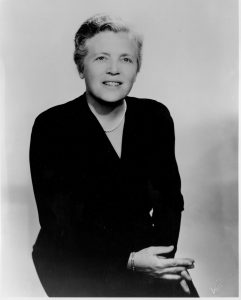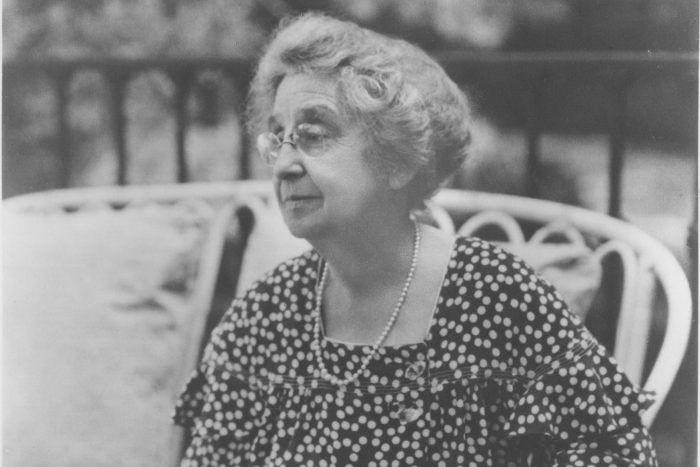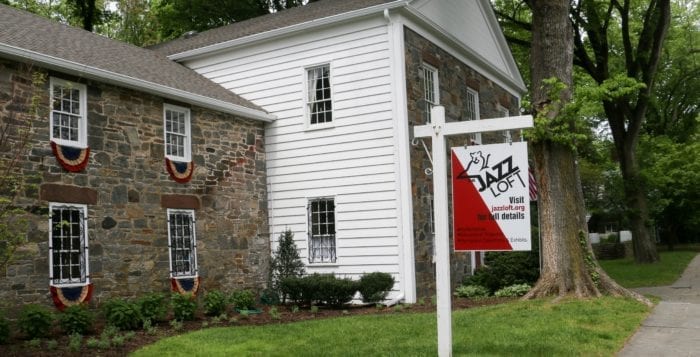By Tara Mae
After a two year COVID-19 induced hiatus, the Swing into Spring Jazz Festival makes a triumphant return from March 22 to March 27.
A co-creation of Suffolk County Legislator Kara Hahn and The Jazz Loft founder Tom Manuel, the concert series, established in 2018, features local artists playing live music at multiple restaurants and shops in the Stony Brook and Setauket area. Performances will also take place at Stony Brook University’s Staller Center for the Arts and The Jazz Loft.
“Every year the festival has grown, which is a tribute to Kara supporting us and the community’s response. I get excited that it’s been growing and that this year the funding allows us to expand beyond Stony Brook Village into Setauket. We have three new businesses — Bliss, Mario’s, and Madiran The Wine Bar — as well as the Staller Center, which we haven’t included before,” said Manuel.
Hahn and Manuel developed Swing into Spring as a way to promote local restaurants, give musicians opportunities, and attract both locals and tourists to the establishments, during the “slow season.”
Supported by funding through the New York State Council on the Arts and a grant from Hahn’s office, the series is a mutually beneficial cooperation between local culture and local businesses, according to Hahn.
“I had grant funding from Suffolk County earmarked for cultural arts and the local economy. The Jazz Loft is a phenomenal destination for Stony Brook and Three Village, and the question was how to get people — both tourists and locals — to visit our other businesses during the off season,” Hahn said. “We help fund the musicians so that they will play at the local businesses and attract patrons when people aren’t really coming out, on days of the week that are normally less busy.”
That funding enables steady gigs for musicians who generally have less work during the colder months, providing performance opportunities and income. Musicians such as Carl Safina and his Natural Causes Band, The Jazz Loft Trio, Mala Waldron, Rich Iacona, and Manuel will play at the businesses for a couple of hours.
“We’re excited to be doing this again and to be employing artists who are still suffering from a lack of work. For those of us who rely on this for a paycheck 24/7, this is our slow season too. It’s hard, between the weather being poor, and people being spent from the holidays, January to March are the most difficult months to be employed. We try to hire individuals who are part of the community and perform at The Jazz Loft and throughout the Island during the summer,” Manuel said.
Via personal and professional connections, Manuel unites the talent with the venues. Many of the people and places have been involved in the event during previous years. “I’ve had relationships with them for years, they were thrilled. The new participants are individuals and institutions I knew but had not collaborated with before,” Manuel said. “They were all aware of it and honored that we wanted them to be a part of it.”
It is this rapport that enabled Manuel to put together Swing into Spring’s culmination, a new conceptualization of American composer/arranger Oliver Nelson’s 1967 recording of The Kennedy Dream: A Musical Tribute to John Fitzgerald Kennedy. Inspired by Kennedy’s legacy of social conscience, scientific growth, and individual creativity, Nelson’s motivation and music are still relevant today, according to Manuel.
“Dream addresses some of those issues Kennedy was trying to champion; there is still work to be done,” he added.
A 38-piece jazz orchestra will give two performances: first at The Jazz Loft and then at the Staller Center the following night. It is a passion project many months in the making. “I reached out to the artists, we were all home due to COVID and everyone got on board; we have been working on it for over a year,” Manuel said.
Drawing his own inspiration from Nelson’s work, Manuel organized the second act of the concerts to feature new original compositions by jazz musicians Ray Anderson, Jeff Lederer, Peter Coco, Steve Salerno, Grammy nominee Dan Pugach, and Nelson’s son, Oliver Nelson, Jr., who is flying in from Indiana for the concerts. Manuel also contributed original work.
“These are reflections on our society and our world. Some reflect on COVID-19, some on social statements around Black Lives Matter, equality, and equity, ” Manuel said. “It’s very beautiful and fresh, very emotional. Both halves resonate and have a lot in common with each other. When composers’ emotions are expressed honestly and genuinely, music always communicates powerfully; any music of any style that moves us, speaks to us.”
This language of music is spoken through community support, and the co-founders of Swing into Spring agree that the Three Village area is a uniquely welcoming atmosphere. “It’s a breath of fresh air, and what our community does so well. I’ve performed all over the world and the Three Village community is unique in how it offers support,” said Manuel.
Hahn views the event as an indication of neighborly investment in community and the future. “When we create partnerships, we can create ways to thrive. It depends on our sense of place.”
Additional funding for the festival comes from Michael Ardolino, founder and owner of Realty Connect USA, and Dan Oliveri, who sponsors a concert series at The Jazz Loft.
To learn more about Swing Into Spring, visit https://www.thejazzloft.org. Prices and COVID protocols vary based on location.
 Schedule of events:
Schedule of events:
Tuesday, March 22
◆ Live jazz at Bliss, Mario’s and Sweet Mama’s from 6 to 8 p.m.
Wednesday, March 23
◆ Jazz Improv Workshop & Jam at The Jazz Loft from 4 to 5:30 p.m. All ages and abilities welcome. $10
◆ Live jazz at Madiran The Wine Bar, The Three Village Inn, Sweet Mamas and The Country House from 6 to 8 p.m.
◆ Jam session at The Jazz Loft from 7 to 9:30 p.m. All ages and abilities welcome. $10 ($5 after 8 p.m.)
Thursday, March 24
◆ Jazz Duo at The Country House from 6 to 8 p.m.
◆ Interplay Jazz Orchestra at The Jazz Loft from 7 to 9:30 p.m. $30 adults, $25 seniors, $20 students, $15 children ages 6 and up; children 5 and under free.
Friday, March 25
◆ Community Jazz Night at The Jazz Loft from 7 to 9:30 p.m. $30 adults, $25 seniors, $20 students, $15 children ages 6 and up; children 5 and under free.
Saturday, March 26
◆ Live Jazz and $5 hot chocolate at Stony Brook Chocolate from 4 to 6 p.m.
◆ The Kennedy Dream Project at The Jazz Loft from 7 to 9:30 p.m. $30 adults, $25 seniors, $20 students, $15 children ages 6 and up; children 5 and under free.
Sunday, March 27
◆ The Kennedy Dream Project at Stony Brook University’s Staller Center for the Arts from 7 to 9:30 p.m. $30 adults, $25 seniors, $20 students, $15 children ages 6 and up; children 5 and under free.









 Schedule of events:
Schedule of events:









